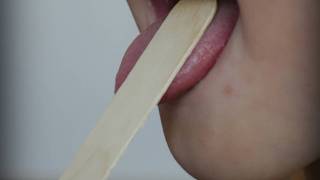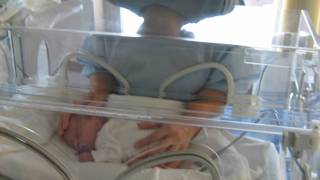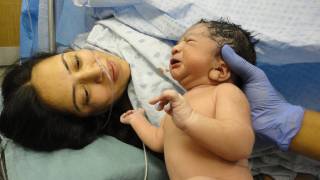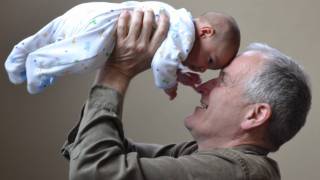Whooping Cough Is Defeating Vaccines
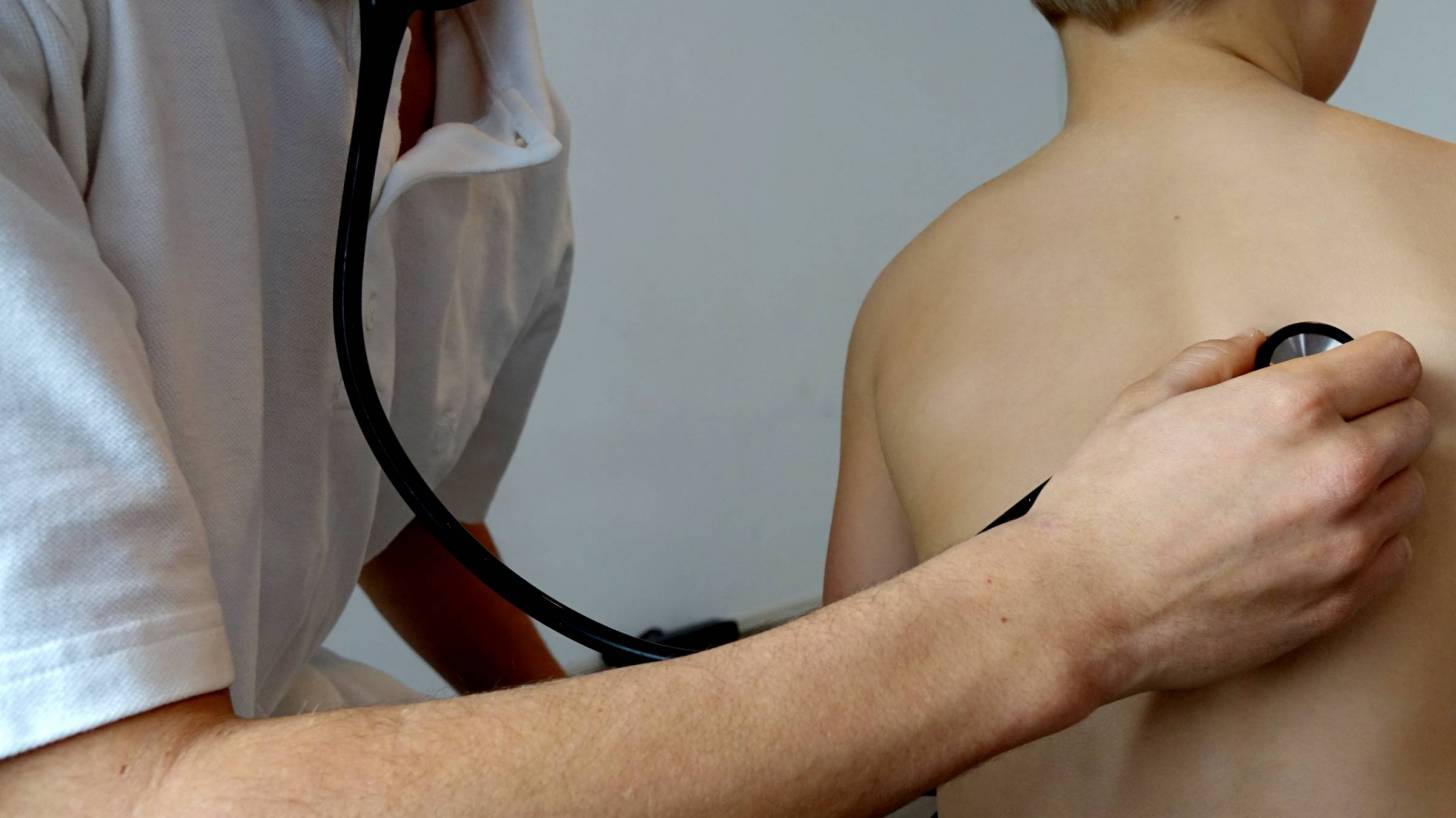
The global resurgence of pertussis, known as whooping cough, can largely be attributed to the ‘immunological failures of acellular vaccines’, researchers from the Boston University School of Public Health discussed in a new journal article.
“The resurgence of pertussis in the acellular vaccine era is evolving into a slow-moving, global public health crisis,” the researchers wrote.
According to this research, the incidence of whooping cough in the US has been rising slowly since the 1970s, but the pace of this has accelerated sharply since acellular pertussis vaccines replaced the earlier whole cell vaccines in the late 1990s.
A similar trend occurred in many other countries, including the UK, Canada, Australia, Ireland, and Spain, following the switch to acellular vaccines.
The key question is why?
The article, published in F1000 Research, points to the differences in mucosal immunity between whole-cell pertussis (wP) vaccines and the newer acellular pertussis (aP) vaccines.
“This disease is back because we didn’t really understand how our immune defenses against whooping cough worked, and did not understand how the vaccines needed to work to prevent it,” said Christopher J. Gill, associate professor of global health and lead author of the article.
“Instead we layered assumptions upon assumptions. This is definitely not where we thought we’d be in 2017.”
Up until the 1950s, there were millions of cases of whooping cough around the globe each year, with numerous fatal cases in infants.
The introduction of whole-cell pertussis (wP) vaccines led to a 99 percent reduction in cases.
Later, as wP vaccines raised concerns of possible rare neurologic adverse events, aP vaccines were licensed and used in a number of countries starting in the early 1990s.
Since then, cases of whooping cough have risen sharply. In 2014, there were more than 32,000 cases reported in the US.
The researchers examined mathematical models of pertussis transmission, and found that, contrary to existing assumptions, although both vaccines blocked symptomatic disease, wP vaccines also blocked infections in animals while aP vaccines did not.
Other differences included wP vaccines’ ability to induce a stronger herd immunity and robust TH17 responses, which confer mucosal immunity, while aP vaccines only induced TH2 responses.
Experimental and immunologic data have shown that aP vaccines do not provide herd immunity, while mathematical models imply otherwise.
The researchers proposed a hypothesis to reconcile the contradictory findings: Herd effects from aP vaccines may be the result of modifications in disease presentation that lead to reduced possibility of transmission rather than induced resistance to infection.
The researchers also considered the role of several known factors in the rise of whooping cough cases, including detection bias, waning of immunity, and evolutionary shifts in the bacteria’s genome.
They found that, while contributing to the increase in incidence, these factors alone do not fully explain existing epidemiologic data.
Citing the urgency of the growing health crisis, the authors emphasized the need to go beyond the limitations of animal models and provide human data to further examine the arguments put forth in their article.
Pertussis is primarily a toxin-mediated disease.
The bacteria attach to the cilia of the respiratory epithelial cells, produce toxins that paralyze the cilia, and cause inflammation of the respiratory tract, which interferes with the clearing of pulmonary secretions. Until recently, scientists thought that B. pertussis did not invade the tissues; however, recent studies have suggested that the bacteria are present in alveolar macrophages.
The author(s) declared that no grants were involved in supporting this work: Christopher Gill, Pejman Rohani, Donald M Thea.
Our Trust Standards: Medical Advisory Committee
- The relationship between mucosal immunity, nasopharyngeal carriage, asymptomatic transmission and the resurgence of Bordetella p
- Resurgence of Whooping Cough May Owe to Vaccine’s Inability to Prevent Infections
- Christopher J. Gill, MD
- An improved whole cell pertussis vaccine with reduced content of endotoxin
- A Controlled Trial of a Two-Component Acellular, a Five-Component Acellular, and a Whole-Cell Pertussis Vaccine
- Pertussis (Whooping Cough)















